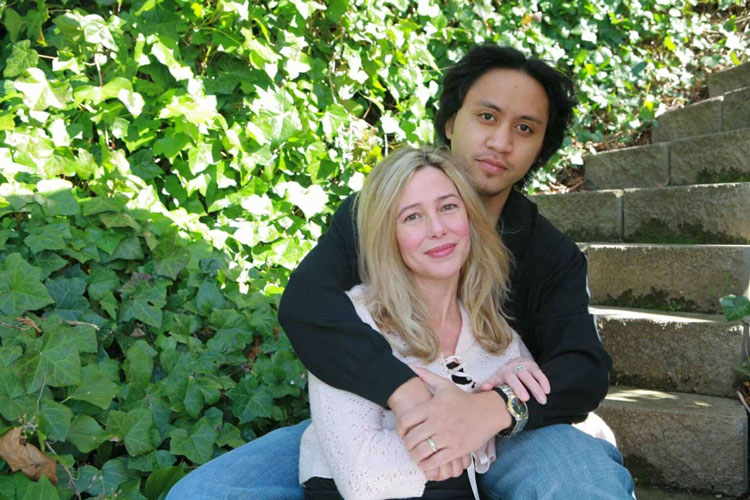

The late Mary Kay Letourneau and her husband, Vili Fualaau
What Does Mary Kay Letourneau’s Life Teach Us?
by Peter Herman, July 11, 2020
Over twenty years ago, the country was shocked by the discovery of a sexual liaison between a twelve-year old boy and a thirty-six-year old woman. Though their story puts the lie to many unexamined beliefs, those unsupported views remain stubbornly rigid.
Twelve-year olds cannot give consent even when they very much appear to do so. This is the unchallenged assumption propped up by mumbo jumbo passing as science. The argument is made almost exclusively when it comes to sex. Surprisingly, it is assumed at the same time that twelve-year olds and younger can give consent when it comes to sexual acts with each other. In the popular mind, there seems to be no contradiction. What is not questioned is that a large enough age difference rather than giving the older partner more wisdom and compassion will confer on him or her a predatory power difference. This ignores that youngsters of younger but equal ages can and often do bully their emotionally or physically weaker peers.
Convincing most people to examine heated questions of social import in a rational and thinking way is a challenge that sets one up for disappointment. It seems many people can cheerfully hold logically contradictory thoughts in their heads at the same time. This is especially so when emotional issues such as sex or religion are concerned.
Twelve-year olds give consent all the time. They do so for instance when they engage in demonstrably dangerous sports such as tackle football or skateboarding, and these are some of the relatively less dangerous activities that young kids are allowed to engage in voluntarily. The argument that those too young to give consent are deemed so because they lack the brain development to make good judgment is also contradicted by the many reports of very young children taking initiatives that many adults would find challenging or impossible. Examples abound in news and human interest stories of youngsters running businesses, solving complex problems or rallying people to do social good. Just recently, this writer saw a TV report of an eight-year old rallying a whole neighborhood into a demonstration supporting Black Lives Matter. Others, equally young have initiated all sorts of charitable endeavors. It could be argued that accomplishments by the very young are always aided by adult support, but then, what adult can ever accomplish anything of import without the input of and coordination with others?
Mary Kay Letourneau, an elementary school teacher, never initiated sexual contact with her then twelve-year old pupil. It was he that made the overtures. What drew him to her was her compassion for him and her desire to support his artistic gifts. It could be argued that she should have resisted his advances, but to say that love is blind is more than a cliché. For both, given the dismal emotional environment each experienced in their respective homes, that mutual love was genuine and unstoppable. At 21, Vili Fualaau, the boy in question and Mary Kay, after years in prison, finally marry. And when Mary Kay recently died of cancer, he was at her side. We know of this intergenerational love because it was so highly publicized and documented. We are mostly unaware of the many more that are hidden or destroyed by the heavy hand of the state.
Mary Kay Letourneau, had she had been a man in a same sex relationship with a twelve-year old boy, would have been given, from what we know from precedents, the equivalent of multi life sentences. Most men who love boys are no less compassionate than Mary Kay Letourneau who was drawn to her lover’s kindness and artistic spirit.
If you would like to comment on this or anything else on our website,
please contact us at info (at) nambla.org

